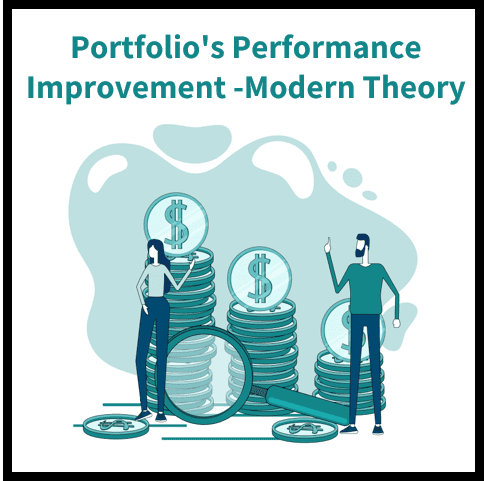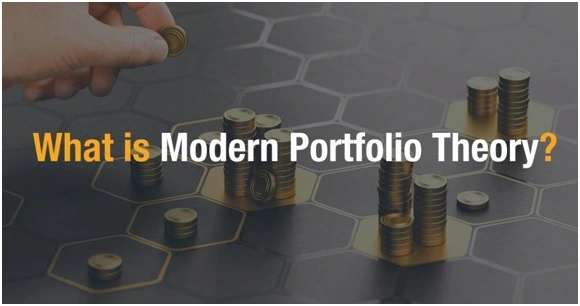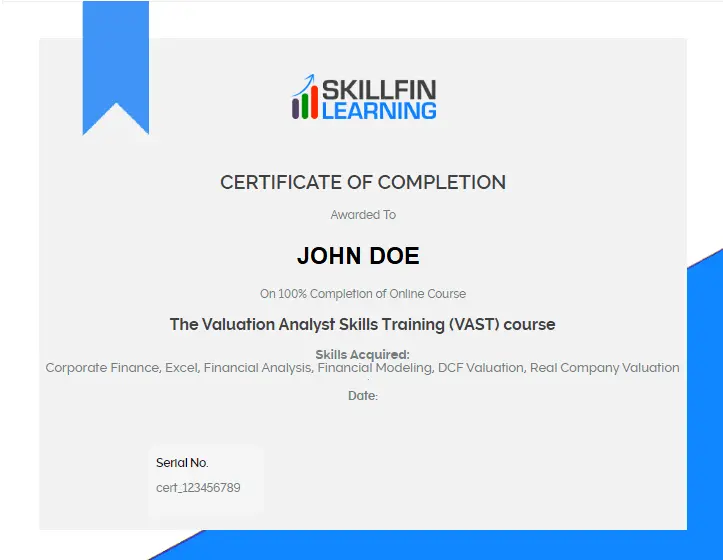In the investing world, there are plenty of strategies for how to invest money. How you allocate your funds matters almost as much as how much you invest. In other words, different portfolios can give you very different results. Let’s face it: Some investors struggle to meet the high performance standards we expect from top-tier investors—such as Warren Buffett or Ted Turner.
But why is that? Is it a lack of skill, bad luck, unfortunate timing, or something else? We won’t answer those questions in this article. There are many reasons why some investors underperform their peers. In general, however, it comes down to three key factors: portfolio construction, asset allocation and risk management. If you’re struggling with your investments, you might be neglecting one of these three things…or all three at once!
Improving Your Portfolio with Modern Portfolio Theory
The theory behind “modern portfolio theory” was first discussed in the 1930s. Since then, it has been studied and tested extensively. Today, it remains the foundation of portfolio construction. In short, modern portfolio theory suggests that: – If you want to maximize growth, you need to take on a certain level of risk.
Risk and return tend to go hand-in-hand. – The more risk you take on, the higher your potential return. – If you want to maximize your returns, you should distribute your funds across a variety of assets and types. – Diversification is key for reducing risk. – This can be done through asset allocation, as well as strategic asset selection. – You can choose assets based on how they perform under certain market conditions.
Image Credit: https://images.ctfassets.net/91sm3pewxzag/2bdJUNAWms3kNZyWBO3dDE/38394db04bb6e77c7d9cd8b70d9d074e/Modern_Portfolio_Theory.jpg
Diversification is key
Diversification is the process of spreading your investments across a variety of different asset types and sectors. This helps to reduce risk by covering your bases across different economic sectors, industries, and regions.
Diversification doesn’t guarantee a profit or protect against loss. However, it does reduce risk. Risk is the chance that you will lose money. You can reduce risk by investing in different types of assets, such as bonds and stocks.
The key to successful diversification is to choose assets that aren’t closely correlated. This means that their performance is not directly influenced by the same factors and events. Before you invest, you should understand how each investment could be affected by market conditions. E.g.: If a sudden drop in oil prices affects the stock market, it will also affect oil-related investments. This can be disastrous for investors who have concentrated their funds in just one sector.
Portfolio Construction: How You Build Your Portfolio Matters
If you want to make the most of your portfolio, you need to consider more than just asset allocation. You also need to think about how you actually put your portfolio together. In fact, the construction of your portfolio can have an even bigger influence on your investment performance than asset allocation. What you choose to invest in and how you diversify your funds can make a huge difference.
If your portfolio is poorly constructed, you might be missing out on the full potential of your funds. Conversely, if your portfolio is well-constructed, you could be earning more than you expected. Determining how to best construct your portfolio will depend on a number of factors.
These include your investment goals, risk tolerance, investment timeframe, and financial situation. How you construct your portfolio matters. It can impact your investment performance, risk, and return. You can minimize these three factors by putting your portfolio together the right way.
Asset Allocation: How You Divide Your Money Matters
Asset allocation is the process of dividing up your funds between different types of investments. For example, you might decide to invest 60% of your funds in stocks, 30% in bonds, and 10% in cash. This is a crucial part of modern portfolio theory. It’s the key to finding the right balance between potential return and risk. It can help you meet your investment goals while staying on track with your risk tolerance.
Investors often fall into one of two categories: “risk-averse” or “risk-tolerant” investors. Risk-averse investors prefer to minimize risk. Meanwhile, risk-tolerant investors are willing to take on more risk in exchange for a potential increase in return. Depending on your investment goals, risk tolerance, and investment timeframe, you may want to adjust your asset allocation.
This is particularly important as your investments mature. As your investments grow, you may want to consider “re-balancing” your portfolio. This means adjusting your asset allocation to bring your funds back to where they started.
Risk management keeps things from going wrong
No matter how well you build your portfolio and how you choose to allocate your funds, you could still lose money. This is why risk management is so important. You can’t completely eliminate risk from your investments. However, you can understand it and take steps to manage it.
Investors often fail to manage risk, which can lead to underperformance. This is particularly common among new or inexperienced investors. There are two main types of risk involved in investing: general market risk and company-specific risk. General market risk is the chance that the overall economy will decline, causing a decline in the value of your investments.
Company-specific risk is the chance that a particular company’s value will decline. This could happen for many reasons. It could be due to a slowdown in a particular market, negative publicity, mismanagement, or a poor product or service.
Bottom line
Portfolio construction, asset allocation, and risk management are the key factors that affect your investment performance. If you want to improve your portfolio, you need to focus on all three. It’s not enough to just pick your investments. You also need to consider how you put your portfolio together. If you want to maximize your potential profit, you have to minimize your potential losses. This means proper risk management.






6 thoughts on “Maximize Your Portfolio’s Performance with Modern Portfolio Theory”
[…] managers are now tasked with identifying new opportunities, managing downside risk, and optimizing portfolio performance in these challenging market […]
I may need your help. I’ve been doing research on gate io recently, and I’ve tried a lot of different things. Later, I read your article, and I think your way of writing has given me some innovative ideas, thank you very much.
Thank you for your sharing. I am worried that I lack creative ideas. It is your article that makes me full of hope. Thank you. But, I have a question, can you help me?
I don’t think the title of your article matches the content lol. Just kidding, mainly because I had some doubts after reading the article.
Your point of view caught my eye and was very interesting. Thanks. I have a question for you.
Thank you for your sharing. I am worried that I lack creative ideas. It is your article that makes me full of hope. Thank you. But, I have a question, can you help me?